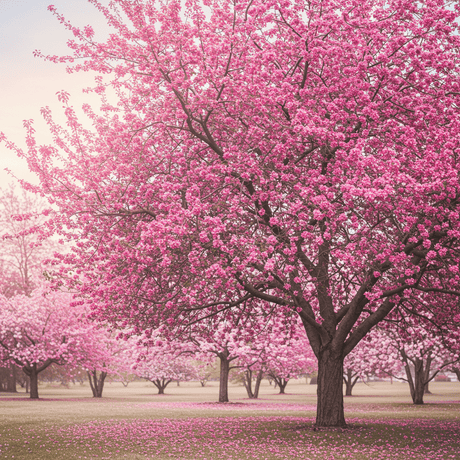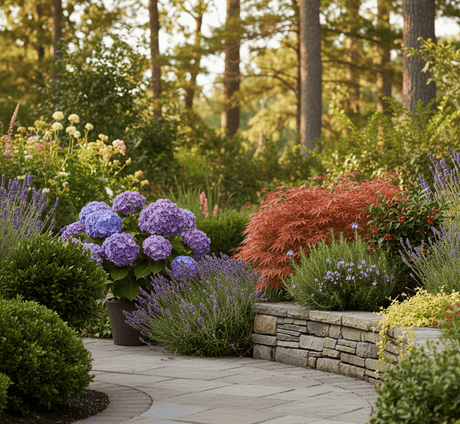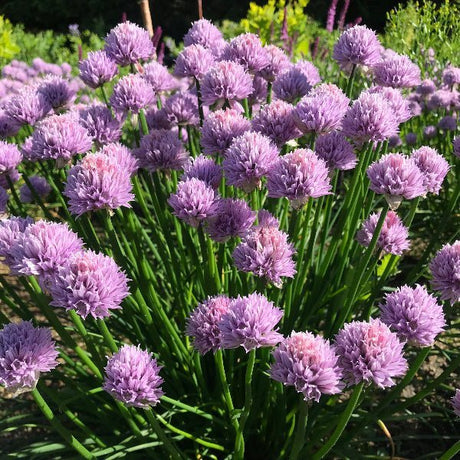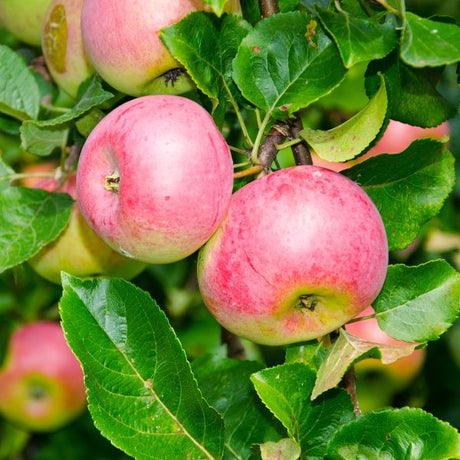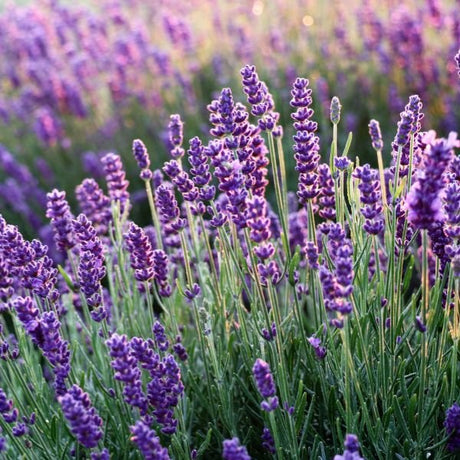Wolf River Apple Tree
Malus 'Wolf River'
- Stay Protected with Plant Sentry ™
Wolf River Apple Tree - #3 Container 5-6 Feet is backordered and will ship as soon as it is back in stock.
Plant Sentry™
Plant Sentry™

Plant Sentry™ Protected
Your order is protected by our compliance system that:
- Prevents restricted plants from shipping to your state
- Ensures plants meet your state's agricultural requirements
- Protects gardens from invasive pests and diseases
Delivery and Shipping
Delivery and Shipping
Delivery and Shipping
Fast, Safe Plant Delivery
Ships in 3-4 business days • Tracking provided • Weather protected
| Under $50 | $9.99 |
| $50 - $99.99 | $14.99 |
| $100 - $149.99 | $16.99 |
| $150+ | $24.99 |
✓ Zone-specific timing • ✓ Professional packaging • ✓ Health guarantee
Understanding Plant Options
Nature Hills offers plants in two main formats:
- Container Plants: Grown in pots with soil, sized by container volume and plant age
- Bare Root Plants: Dormant plants without soil, sized by height measurements
Container Plant Sizes
Container sizes indicate plant age and growing capacity rather than liquid volume equivalents. Our containers follow industry-standard nursery "trade gallon" specifications, which differ from standard liquid gallon measurements.
Young Plants (6 months to 18 months old)
| Container Size | Actual Volume | Metric Equivalent |
|---|---|---|
| 2" x 2" x 3" | 0.18 - 0.21 dry quarts | 0.20 - 0.23 dry liters |
| 4" Container | 0.31 - 0.87 dry quarts | 0.35 - 0.96 dry liters |
| 4.5" Container | 0.65 dry quarts | 0.72 dry liters |
| 6" Container | 1.4 dry quarts | 1.59 dry liters |
| 1 Quart | 1 dry quart | 1.1 dry liters |
| 5.5" Container | 1.89 dry quarts | 2.08 dry liters |
Established Plants (18 months to 2.5 years old)
| Container Size | Actual Volume | Metric Equivalent |
|---|---|---|
| 2 Quart | 2 dry quarts | 2.2 dry liters |
| #1 Container | 2.26 - 3.73 dry quarts | 2.49 - 4.11 dry liters |
| 5" x 5" x 12" | 3.5 - 4.3 dry quarts | 3.85 - 4.74 dry liters |
Mature Plants (2-4 years old)
| Container Size | Actual Volume | Metric Equivalent |
|---|---|---|
| #2 Container | 1.19 - 1.76 dry gallons | 5.24 - 7.75 dry liters |
| #3 Container | 2.15 - 2.76 dry gallons | 8.14 - 12.16 dry liters |
Large Plants (3-5 years old)
| Container Size | Actual Volume | Metric Equivalent |
|---|---|---|
| #5 Container | 2.92 - 4.62 dry gallons | 12.86 - 20.35 dry liters |
| #6 Container | 5.25 - 6.01 dry gallons | 23.12 - 26.42 dry liters |
| #7 Container | 5.98 - 6.53 dry gallons | 26.34 - 28.76 dry liters |
Bare Root Plants
Bare root plants are sold by height from the root system to the top of the plant. Plants may exceed minimum height requirements.
Common Sizes:
- Trees: 1 foot, 2 feet, 3 feet, 4 feet, 5 feet, 6 feet
- Shrubs & Perennials: 1 foot, 18 inches, 2 feet
Important Notes
Container Volume Specifications
- Trade Gallon Standard: Our containers follow industry-standard "trade gallon" specifications established by the American National Standards Institute (ANSI Z60.1) for nursery stock
- Volume Variations: Actual soil volume may vary due to plant root systems and growing medium settlement
- Age Indicators: Container size primarily indicates plant age and maturity rather than liquid volume equivalents
Growing Conditions
- Plant size can vary based on variety and growing conditions
- Container size helps indicate plant maturity and establishment level
- Larger containers generally mean more established root systems and faster landscape establishment
Seasonal Availability
- Bare root plants are available seasonally when dormant
- Container plants are available throughout the growing season
- Specific varieties may have limited availability in certain sizes
Questions?
For questions about specific plant sizes or availability, please contact our plant experts who can help you choose the right size for your landscape needs.
Plant Highlights
Wolf River Apple Tree highlights at a glance!
-
Botanical Name
-
Brand
-
Growing Zones3, 4, 5, 6, 7, 8, 9
-
Growth RateModerate
-
Mature Height
-
Mature Width
-
Leaf Color
-
Flower Color
-
Fall Color
-
Pollinator FriendlyYes
-
Pollinator Required
-
Bloom PeriodLate Spring
Characteristics
Where To Plant
When To Prune
- Late Winter
Water & Moisture Needs
- Moderate
Sunlight Needs
Soil Needs
- Widely Adaptable
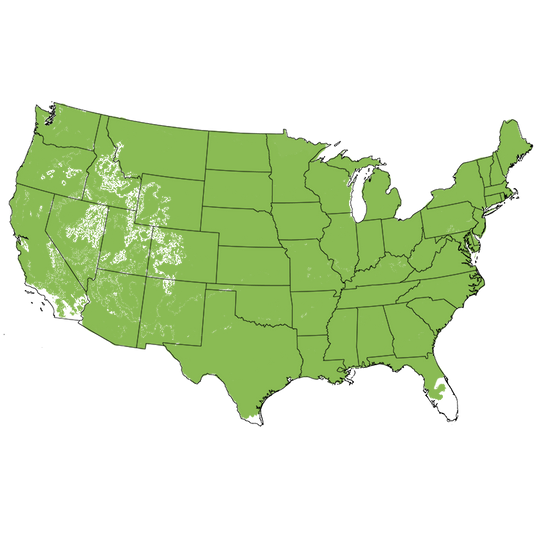
Growing Zones
A single Apple large enough to make a pie? The Wolf River Apple Tree (Malus 'Wolf River') is all that and more! A beautiful antique variety of Apple Tree with a stunning magenta blush against its yellowish-green background and creamy white flesh. It has a sweet-tart flavor and holds its shape well with cooking!
The lovely white blossoms are fragrant and call butterflies and beneficial pollinators galore! Bringing on spring in a burst of sweet scent and delight.
Wolf River is beloved for its use as a cooking Apple, so you can use it in a variety of culinary delights. The distinguishing feature of this superior Apple is its size. The sweet-tart flavor requires little added sugar for your baked goods and pies! It's also good for Apple butter and applesauce and primarily for cooking because of how well the flesh holds its shape when cooked!
Its 5-inch diameter, and weight of up to a pound, will create quite a sight on your tree - and be even more impressive on your plate! In fact, people often say that you can make a pie with just one Apple!
An antique specimen that was found in Wolf River, Wisconsin in the 1870s! This is a tried and true variety of Apple Tree! Wonderfully hardy throughout USDA planting zones 3 to 9, Wolf River has prominently established itself among the rest!
How to Use Wolf River Apple Tree In The Landscape
Wolf River is a productive edible landscaping and ornamental tree that will provide its luscious harvest in late September to early October. With a spreading growth habit, it is considered quite sturdy as well as hardy and long-lived!
If you enjoy Apples, Wolf River is a great choice. Not only is it an excellent Apple for eating and cooking, but it's also a bit of a conversation piece! Between the lovely white blossoms and lush shade-offering foliage, friends and neighbors are sure to be impressed with the size of these Apples. So they're not only useful but fun as well!
This Apple isn't fully self-pollinating and should be grown with another nearby for optimal crops. Try planting in high-density plantings, or if you have the room, create a group of three in an informal grouping so they all pollinate each other to ensure a bountiful harvest. A trio of apple trees could be used as a backdrop to your vegetable garden or even your perennial border.
Perhaps use a pair of 2 different Apple varieties flanking the entrance to your garden, one to pollinate the other. Why not partner up with your neighbor and each plant a different Apple variety in their yard? Plant close to each other - one to pollinate the neighbor's variety for a win-win using less space in each yard.
- Antique Variety - Yellowish-Green Fruit With Magenta Blush
- Creamy White Flesh is Sweet-Tart
- White Flowers are Fragrant!
- Spreading, Sturdy Branching
- Late Season Harvest - Enormous Sized Apples
- Holds Great for Cooking!
- Fruits Can Be Nearly 1 Pound Each!
- Baked, Pies, Sauces & Apple Butter
#ProPlantTips For Care
Growing in growing zones 3-9, this cold and heat-tolerant tree is very adaptable to a wide range of environments and soil types. Also, it's a very strong tree and disease tolerant, showing good resistance to Apple Scab, Fire Blight, and Powdery Mildew.
Fruit trees require full sun for the best fruit and bloom set. Also, fruit trees thrive best in any type of well-drained soil with organic matter and consistent watering. While drought tolerant once established, it's best to protect your investment with supplemental watering. Mulch your root system well to insulate it from heat and cold, and to hold in more moisture! Prune when dormant and thin fruit for larger fruit size and less stress on your tree.
- Full Sun!
- Very Cold Hardy
- Disease Resistant
- Highly Adaptable
- ~1000 Chill Hours
Order your antique Apple pie-sized Wolf River Apple Tree for a truly unique fruit tree for your orchard or home garden this year before it sells out! Call NatureHills.com today!
Wolf River Apple Tree Frequently Asked Questions
When to Plant Wolf River Apple Trees
Planting Bareroot trees as soon as you can dig a hole in spring and until hot weather, the earlier the better. Plant container Apple trees throughout the growing season with complete success - that is the benefit of container plants - to extend the planting season. Your County Agricultural Extension Office is a great resource for first and last frost dates in your area.
How to Plant Wolf River Apple Trees
Dig a large hole only as deep as needed to accommodate the bareroot or container root ball, and twice as wide. Add Nature Hills Root Booster to speed root establishment. Remove the pot or bag and situate it into the hole so the top of the soil (soil line if bareroot), is level with the new location's soil being careful not to plant too deep. Water in again very well and backfill with the same soil you dug up, tamping down gently to ensure there are no air pockets.
Top off with a 3-4 inch thick layer of Arborist mulch. Consider staking your tree to keep its trunk growing straight for the first year to ensure it stands tall against strong winds and drifting snow.
When to Prune Wolf River Apple Trees
Trim off any broken branches from delivery as soon as you take them out of the box. Prune and trim Apple trees while dormant, in late winter or early spring, before you see new growth.
How to Prune Wolf River Apple Trees
Dormant prune to:
- Remove any double leaders or narrow crotch angles
- Eliminate any crossing branches
- Thin interior branching and leave the fruiting spurs and strong branches in place opening up the canopy
- Branching at least 24-36 inches above the ground
Prune Apple trees in the summer to:
- Control size and shape by reducing the length of longer new growth on vigorous trees
- Remove water sprouts on the main trunk or older branches in the crown
- Remove suckers at the base of the trunk
- Thin fruit during heavy years on established trees
How to Care for Wolf River Apple Trees
Growing an Apple tree is easy when proper soil, good drainage, attention to moisture, and regular fertility are maintained. Once you've chosen an Apple tree that works for your climate, in the size you need for your landscape, and its pollinator (if needed), then you've accomplished half the battle!
- Apple trees do best in full sun and well-drained soil
- Water your Apple trees when they get dry - especially during the fruit production stage, and drought periods to keep them stress-free
- Use arborists' wood chips to mulch over the roots of your Apples and have your soil tested to see what your soil may be lacking before adding fertilizers
- Maintenance pruning and shaping
Apple trees will tolerate a wide range of soils, so long as water and nutrients are not limited and the pH level is adequate.
How to Fertilize Wolf River Apple Trees
For the first year, water alone is most important. It is always best to get a soil test to see what your soil is lacking before adding more fertilizers. Once established, a fertilizer routine may be beneficial. We do offer some excellent slow-release organic options, applied according to the package directions.
Fruit trees need more phosphate and it's possible to apply too much nitrogen which affects the soil's pH. Test soil acidity or alkalinity using a pH Tester.
Fertilize in spring when you first see new growth emerging.
- Don't overdo it
- Phosphates are your friends
- Pay attention to pH in areas with extremely high or low soil pH
- Follow the directions
Wolf River Apple Tree Pollinating Info
Wolf River is not self-fruiting and needs a pollinating partner. Pair with one of these varieties:
- Dolgo Crabapple Tree
- Empire Apple Tree
- Fuji Apple Tree
- Granny Smith Apple Tree
- McIntosh Apple Tree
- Pink Lady Apple Tree
Harvest Times for Wolf River Apple Trees
Wolf River's are typically ready to harvest in September.
Early-Season? Mid-Season? Late-Season? The terminology can be confusing for new Apple tree growers. Weather, climate and your tree determine when it's ripe.
For Apples:
- Early-season is usually June-July
- Mid-season can be August-September
- Late-season can be from late September-November
The growing season consists of spring, summer, and fall, and varies with climate and weather. Areas with longer growing seasons in the warmer hardiness zones can greatly affect the harvest times for each particular Apple variety grown in your area. Learn which growing zone you are in.
Rootstocks Explained
Apple trees have been grafted onto different rootstocks since before the mid-1800s. Different rootstocks are used to improve the anchoring of trees, eliminate diseases, and reduce the natural mature size of the tree itself. While there are many different types of rootstock, they are all labeled as being either Dwarf, Semi-Dwarf, or Standard.
The Apple descriptions, including flowering, pollination, and Apple characteristics are the same whether the plant is grown on a standard rootstock or some varying dwarfing rootstock. The overall size can vary by climate and soil but the understock used is ultimately what affects the mature size.
There will be some variation in sizes but as a guide, we are suggesting the overall mature size of these Apple varieties are:
Semi-Dwarf Apples
- Height: 12-18 feet
- Spread: 10 - 15 feet
Standard Apples
- Height 18 - 25 feet
- Spread: 15 - 18 feet
Remember that all fruit tree sizes can easily be altered if needed by simple pruning as the trees grow and develop.
What Shipping Options Do You Offer?
NatureHills.com works closely with our growers and nursery professionals to ensure we ship when it is most appropriate for your area. Our goal is to deliver the hardiest plants by avoiding extreme high and low temperatures. Check out our shipping schedule for more information and to learn our wills and won'ts when it comes to shipping plants. Find your Wolf River Apple Tree for sale here at NatureHills.com!
Large, Cold Hardy Apple
The story of the Wolf River Apple starts with William A. Springer, a lumberman from Quebec who moved his family from Canada to Wisconsin in about 1856 after a brief stay in New York state. They settled in Little River, Wisconsin, where he helped to rebuild a dam and reconstruct a sawmill.
There are accounts that reference Springer buying a bushel of Apples on the shore of Lake Erie on his way from Canada to Wisconsin. But it appears from the historical account that he was a nurseryman in search of a farm when migrating from New York to Little River, Wisconsin in 1849.
In 1852, he and his family settled in Fremont, Wisconsin on what would become known as Springer Point on the Wolf River. As a major landowner of the region, Springer cleared property and sold land as recorded in many of the Waupaca County land records of the time.
At the same time, he sold lumber and ran the only nursery in this part of Wisconsin. He is credited with developing several cold hardy apple varieties, such as Addie and Mary, as well as the Wolf River, which fruited after he had sold off the Springer Point property in 1874 to Henry Rifen.
Rifen recognized this Alexander-like apple and noticed that it was an exceptionally large apple. He promptly named it after the nearby waterway. He introduced the new variety, Wolf River, for sale through Springers Nursery in 1878.
Springer remained a farmer and nurseryman and moved to another 260-acre location in 1874 and continued to run a 10-acre nursery, specializing in hybridizing cold hardy apple varieties.





